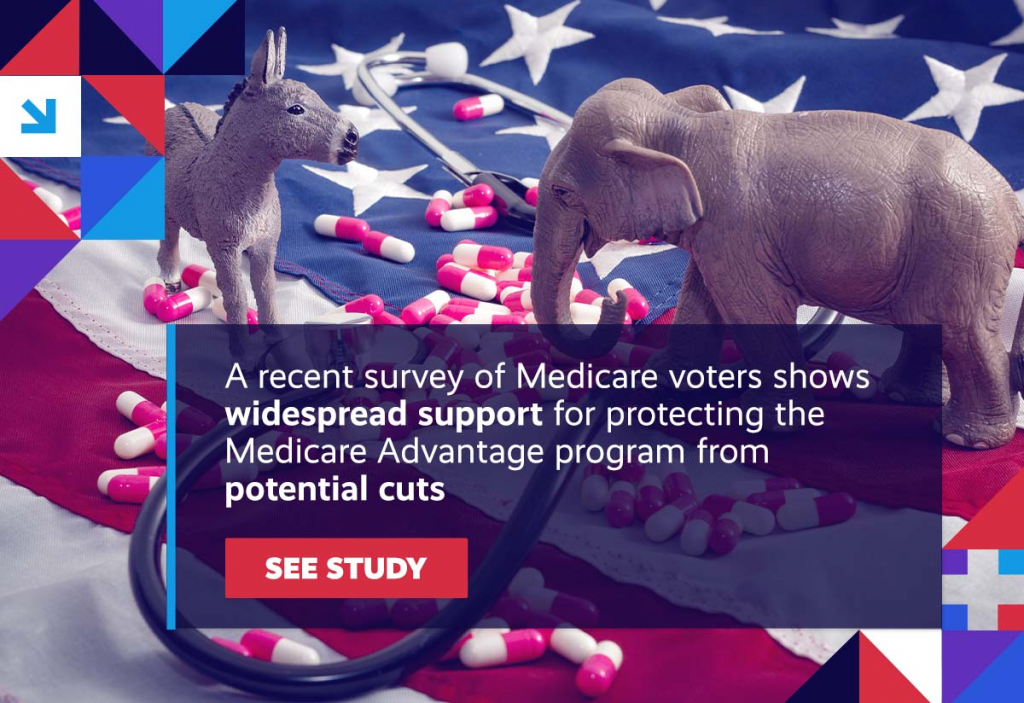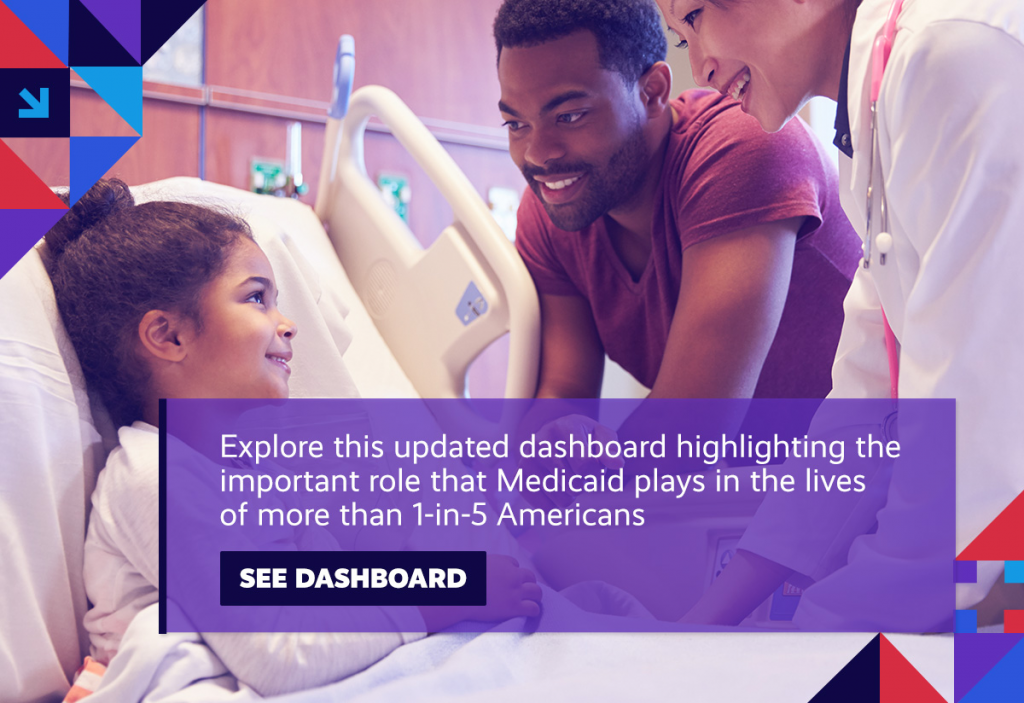Previously allocated COVID relief funding is made newly available to hospitals; meanwhile, new research draws attention to the price differences for cancer drugs charged by hospitals versus physician offices; recent polling underscores the importance of rising drug prices for voters; and, telehealth’s critical role continues to evolve.
We encourage you to We encourage you to stay involved as implementation efforts surrounding healthcare reform progress. Visit the Health Action Network and be sure to let us know what’s on your mind.
Item of the Week

Week in Review
Hospital Relief Funds: Friday before last, the Department of Health & Human Services (HHS) announced that it was making available more than $25 billion in COVID relief funding that had previously been earmarked for providers. About one-third of that funding is slated to go specifically to rural providers who predominantly serve Medicaid, Children’s Health Insurance Program (CHIP), and Medicare patients. That total adds to the $178 billion Congress had already allocated to healthcare providers through the Provider Relief Fund. With so much funding going out the door, increased attention is being paid to ensuring that this relief is being distributed equitably, in light of growing concerns over how these funds are being used and by whom.

Rx Price Differences: A recent analysis compared the prices for cancer treatments charged by hospital outpatient centers with those charged by physician offices. The results, published in Health Affairs, found that, in 2019, health plans paid double for biologics, chemotherapies, and other infused cancer drugs. Put another way, had these plans excluded hospitals from administering these drugs, instead, channeling these services exclusively through physician offices, they would have saved more than $1.2 billion (26 percent). A separate report released last week also found that safety-net hospitals marked up cancer medicines nearly four times for privately insured patients. These hospitals also often charged cash-paying consumers the same amount for these drugs as commercial insurers, a practice in direct conflict with their mission of serving low income populations.
Rx Polling: Last week, the Campaign for Sustainable Rx Pricing released the results of a new national survey on prescription drug prices. Conducted by Morning Consult, the survey of 2,200 registered voters reinforced the importance of addressing the issue of out-of-control prescription drug prices. Among the key findings:
- More than one-in-four American voters reported that they or a family member had financial difficulty affording their prescriptions over the past year;
- Nearly four-in-five respondents said it’s important that lawmakers pass drug pricing reform legislation this year; and,
- The vast majority (85 percent) blamed pharmaceutical manufacturers for rising prescription drug prices.

Telehealth’s Evolving Role: In the immediate aftermath of the coronavirus public health crisis, telehealth affirmed its critical role in our evolving healthcare delivery dynamic. While we’re still not out from underneath COVID’s shadow, telehealth’s widespread utilization has since become an integral component of how and where and when patients seek out treatments. Accordingly, stakeholders are urging lawmakers to extend flexibilities that have eased telehealth’s ability to connect people to the care they need. However, despite growing support from regulators, a persistent lack of clarity on guidance threatens to undermine telehealth’s efficacy on the other side of the public health emergency.
Spotlight

| You can keep up with the latest by following the Health Action Network on Twitter and by liking us on Facebook. And, be sure to check us out on LinkedIn, too. As always, let us know if there’s something you’d like to see covered in a future newsletter. |
